Menu
Menu




Our relationship-centered approach to consulting aims to make your equity and inclusion efforts intentional, inclusive, and impactful for your organization.
Our cultural assessments uncover the stories and the data that reveal your cultural landscape in order to design and build for equity.
Learning leads to change. Our learning experiences focuses on inner work to help people make meaningful and sustainable change.

The Train the Trainer (TTT) program at Be Equitable equips learners with the tools they need to deliver impactful learning experiences.
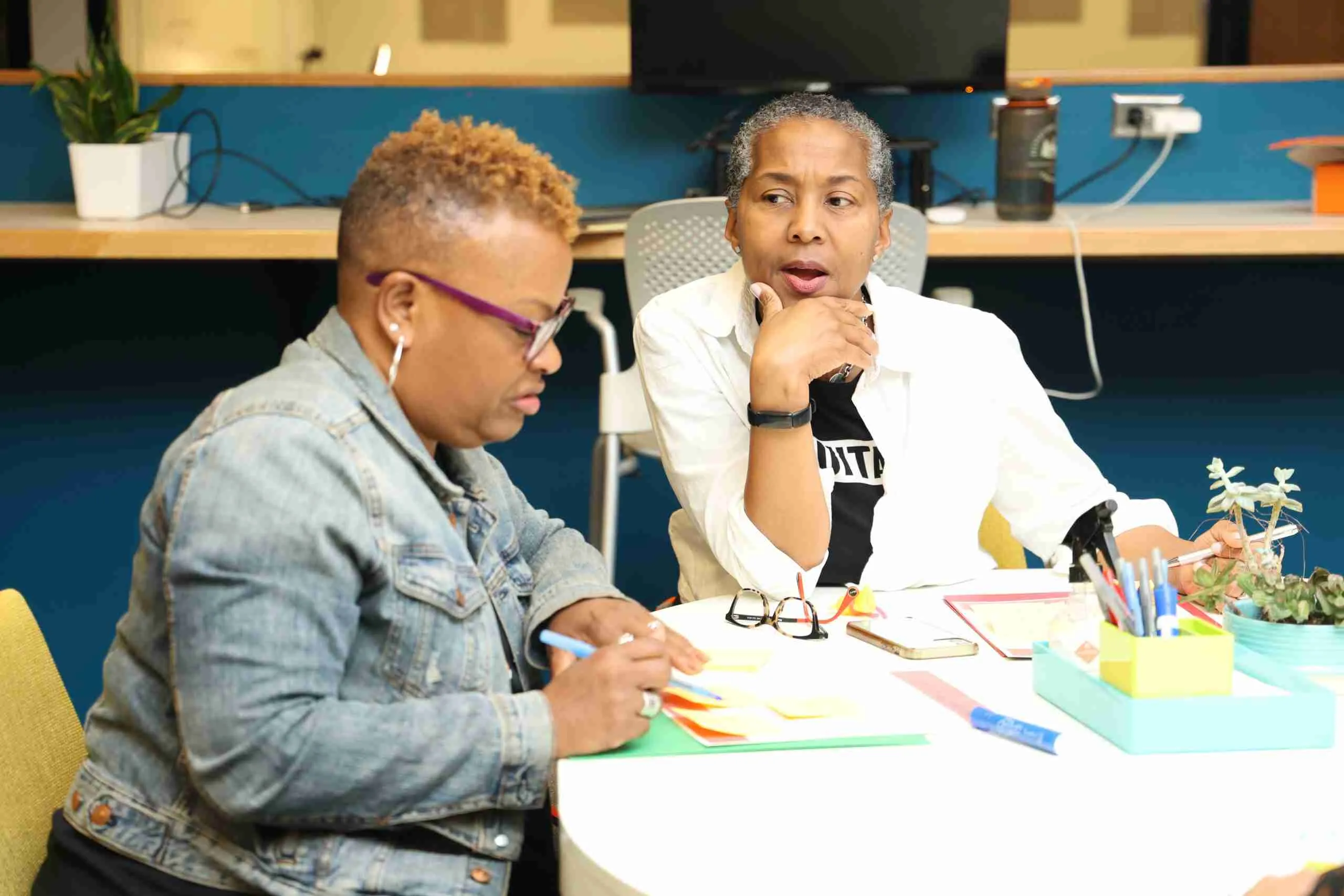



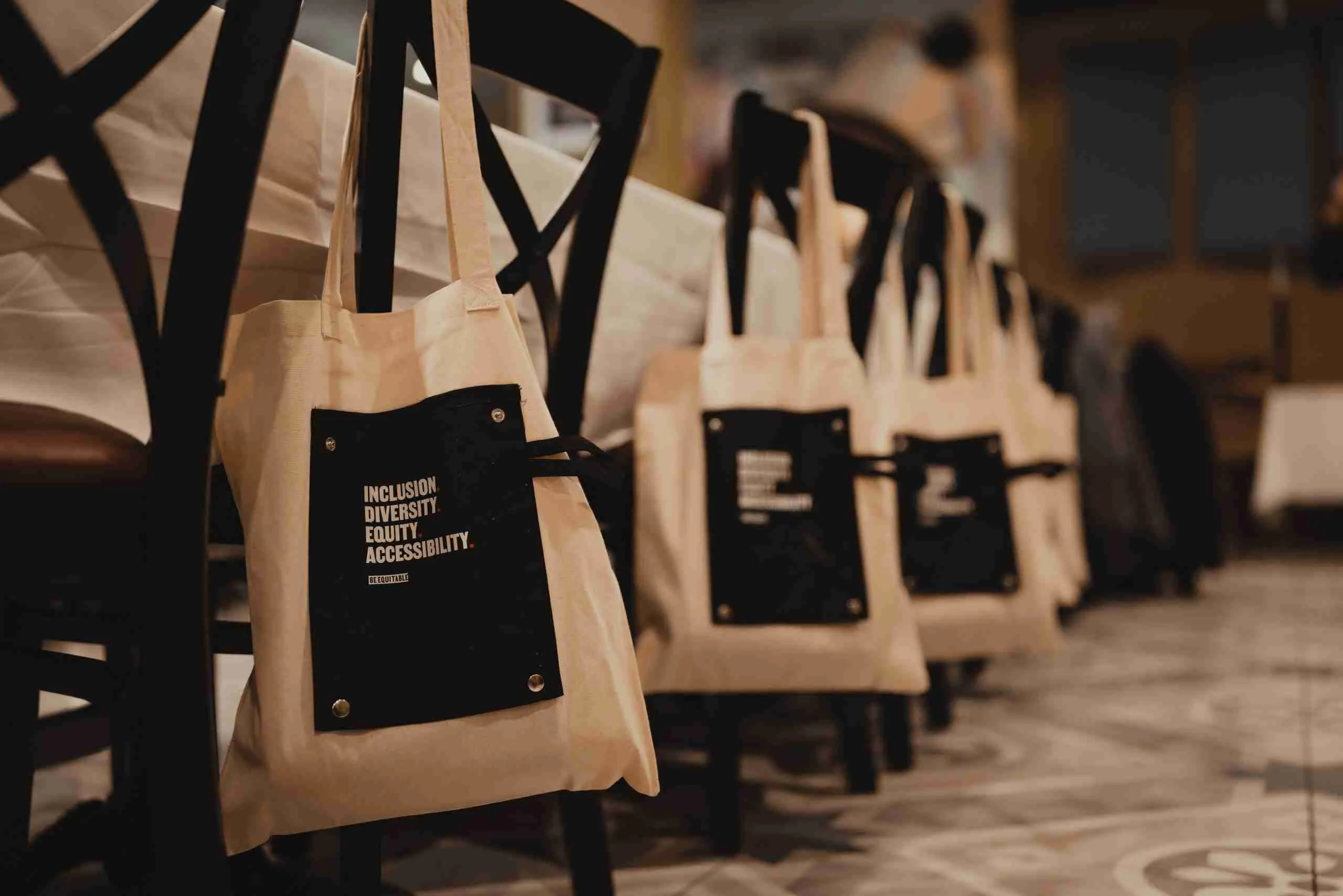

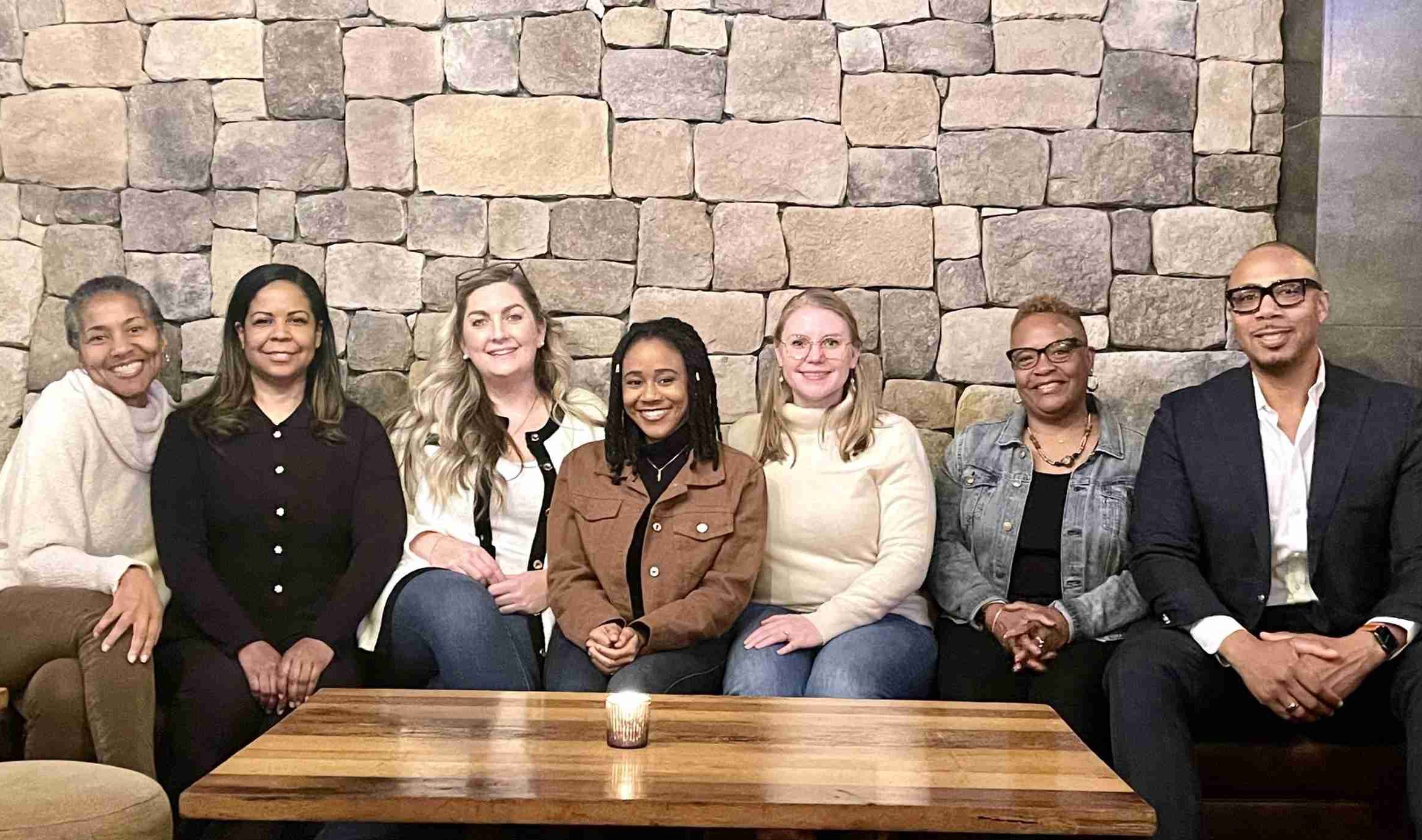
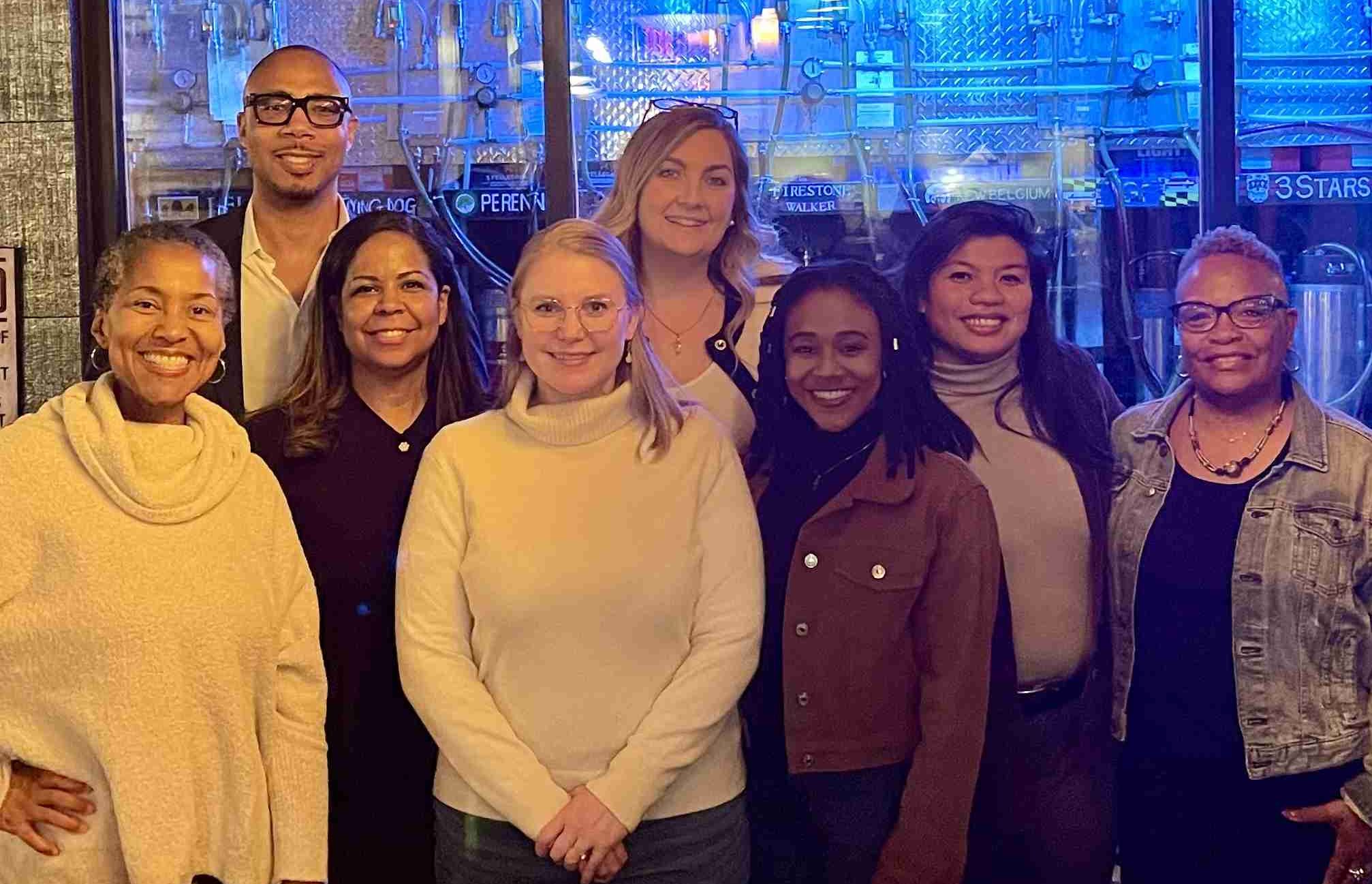

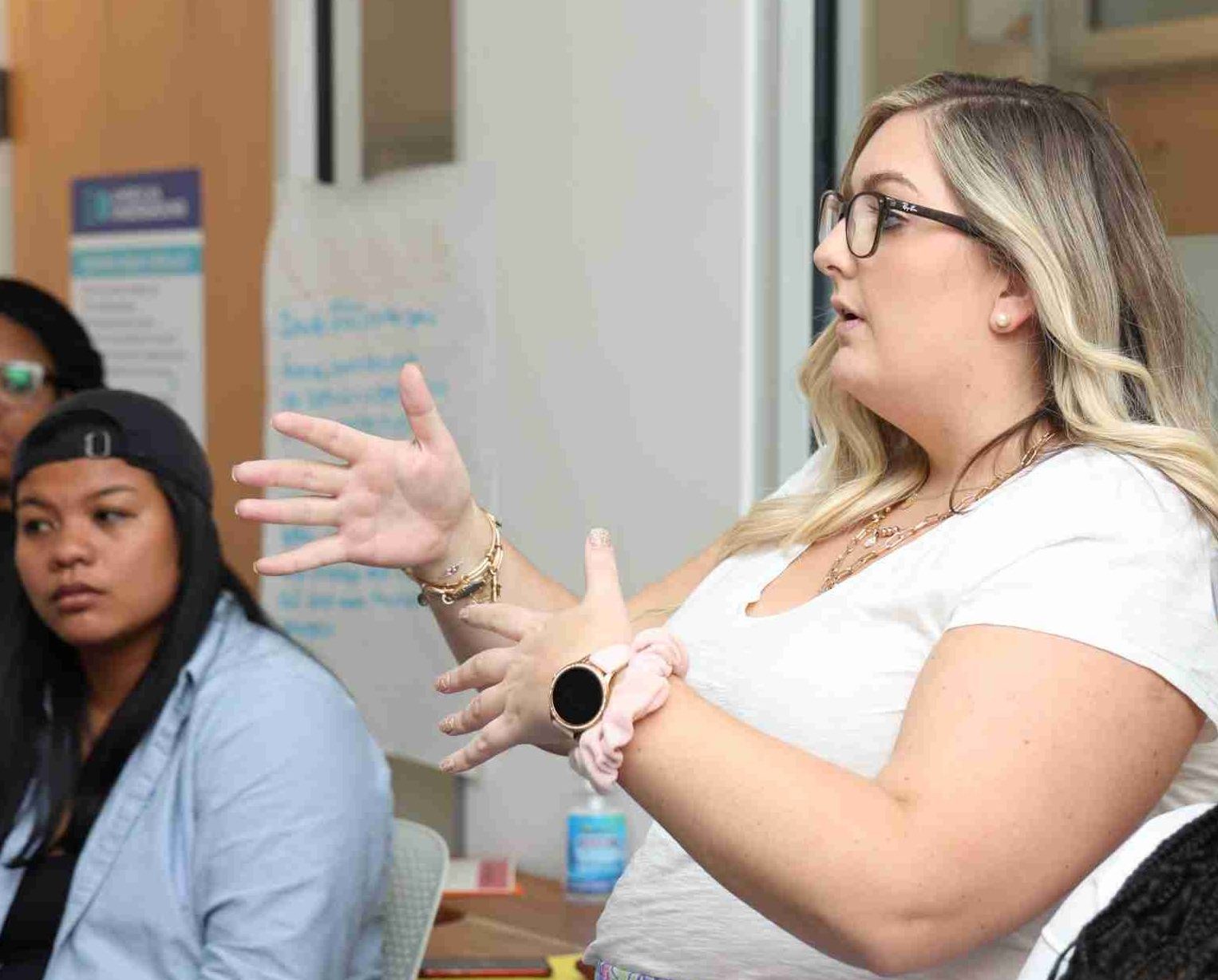

These past few years have been incredibly tumultuous and evolving, where we have witnessed how complex and messy our world is.
In a world of tick-a-box trainings and quick fixes, we at Be Equitable are going after something more satisfying -- we’re here for the transformations. For the forward thinkers and future leaders who know the journey is long and are still ready, we see you and we want to partner with you.
Let’s go beyond the buzzwords to create workplaces that work for people of all races, ethnicities, identities, and abilities. It won’t be neat. And it certainly won’t be simple. Our BE team is ready and committed to get it done.
As we enter this next chapter of our story, we invite you to BE bold, BE inclusive, and BE authentic to the vision you have for yourself and your organization. And together we can create workplaces that are just and equitable for all.